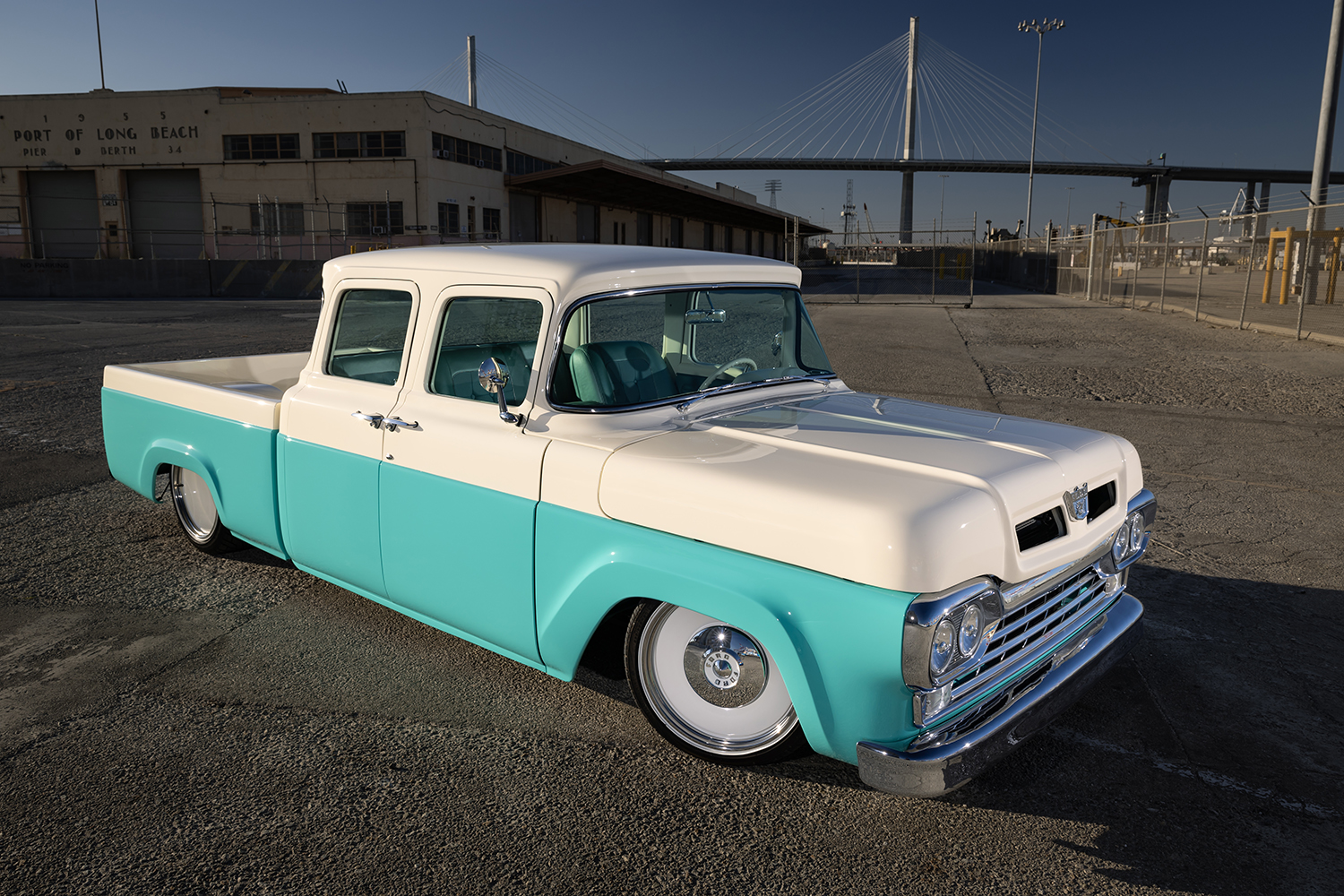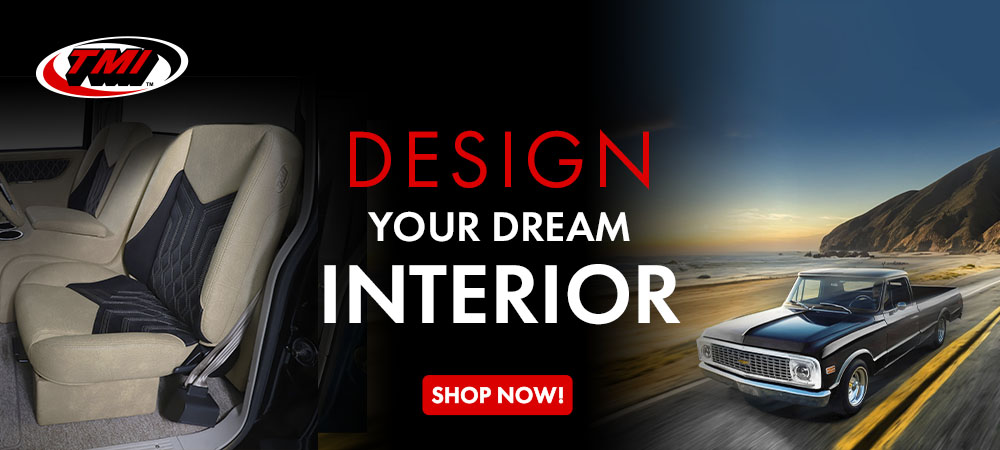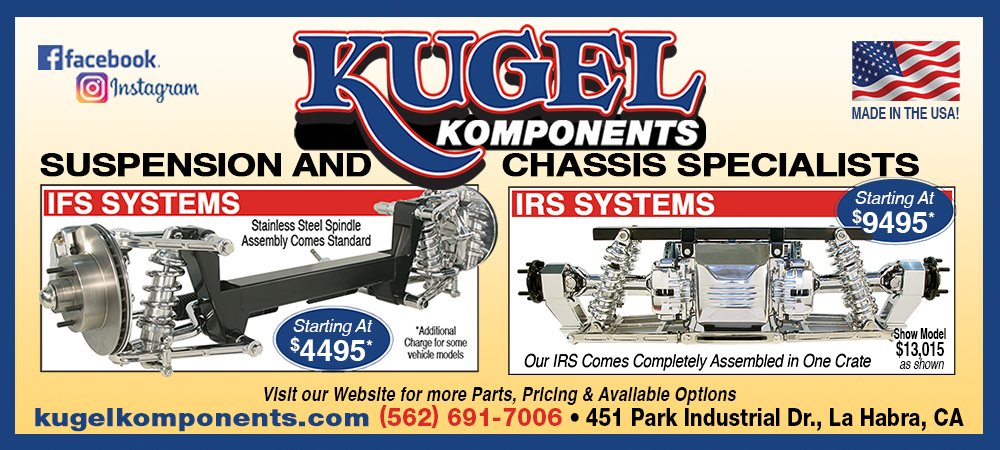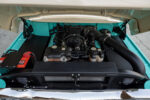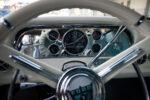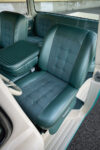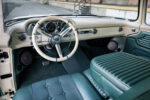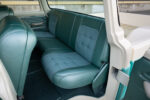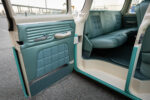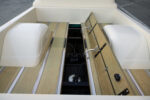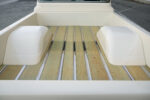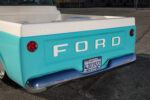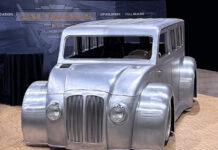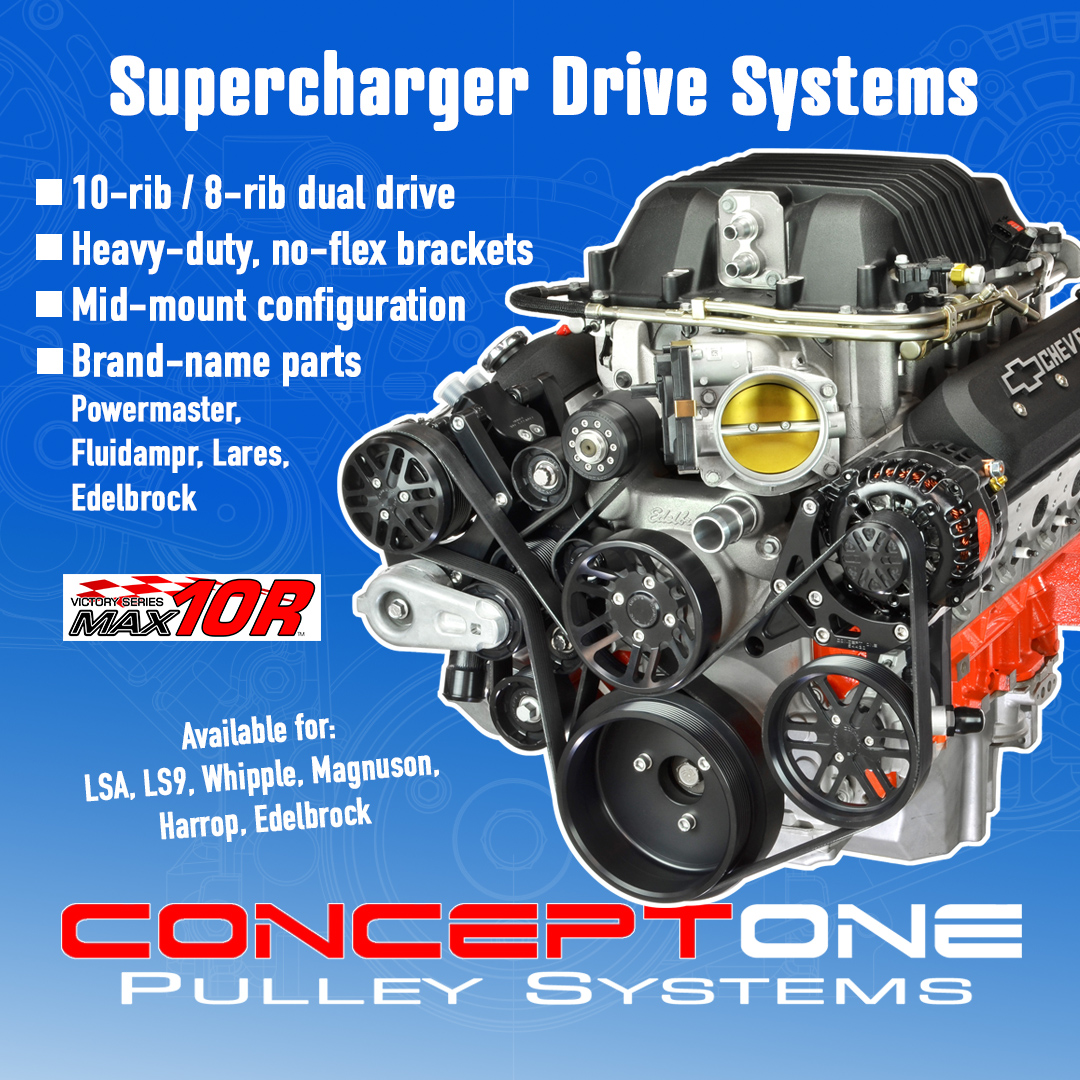By Fuelish Media
There’s nothing more rewarding than building a truck just like the one Dad used to have. As a kid, there was something magical about going for a ride in his old truck. The sound of the engine, the smell of the engine, the familiar roomy interior, and the bouncy feeling of the tired suspension all hit much differently back then. By today’s standards, that same truck would be far past its prime and stand as a good candidate to sell off or trade toward a newer model. Back in those days, however, a truck like this was as perfectly worn-in as the comfy and reliable easy chair that would cradle pops into a nap after dinner.
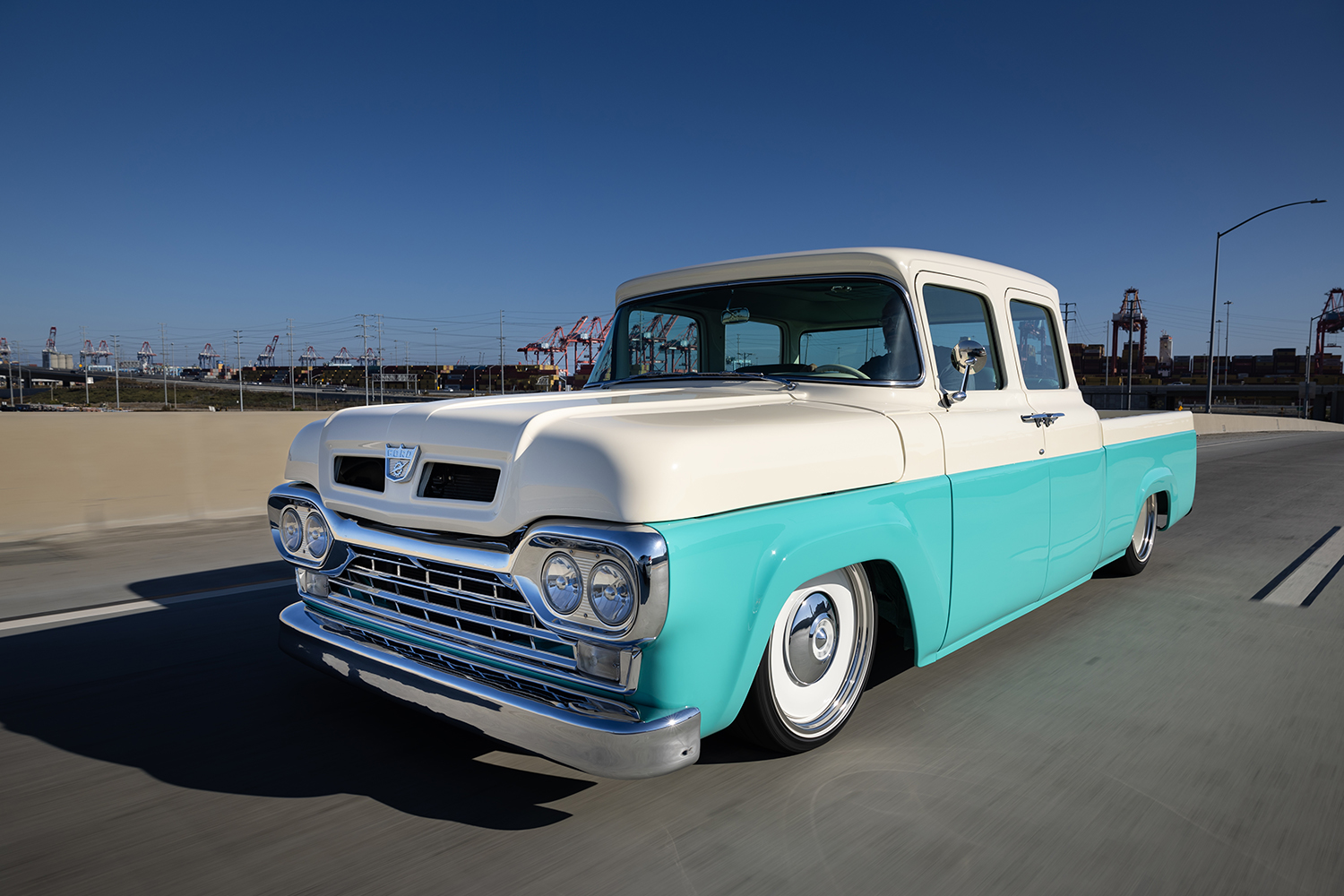
This is the type of nostalgia David Tumino wanted to recreate with the build of this 1960 Ford F-250 crew cab. He bought it because his dad had one just like it. Obviously, it wasn’t as cool as David’s, but it made a strong enough impression that has spanned his entire lifetime. “Even though the truck didn’t seem to be very popular with everyone else when I was a kid, I had a different point of view,” David reminisces. “I’ve always wanted to find one just like it and share the experience with my son, Rajan. Together, I figured we could share a similar father/son experience—maybe even better by customizing it as a team. The three years we spent doing just that was incredible.”
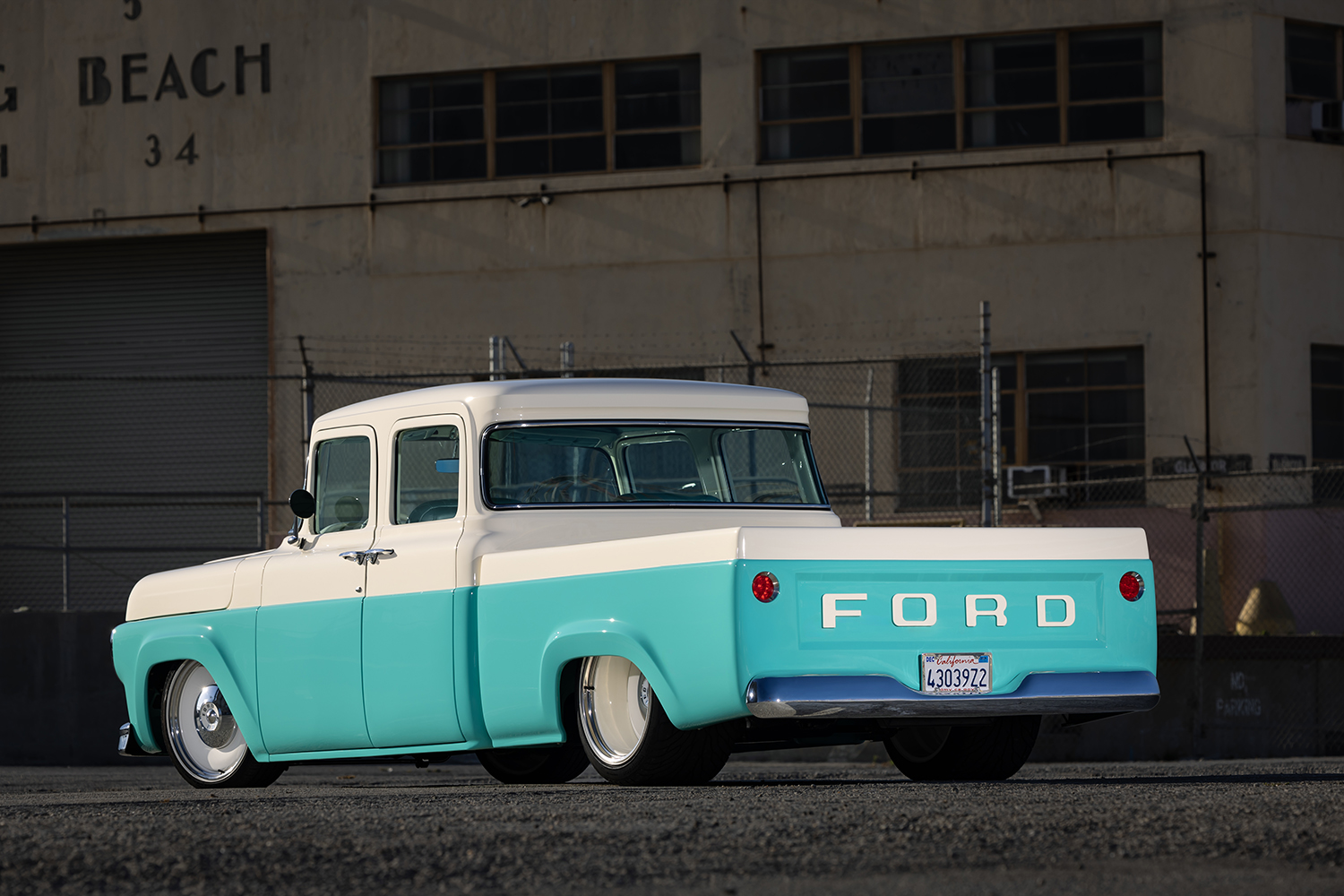
David is a seasoned car builder so hunting down and working on old vehicles is second nature to him. He was lucky enough to score his own vintage F-250 crew cab pickup in Fallbrook, California—a rural town just north and inland from the San Diego coast. “The serial number on this thing is 142/300 off the assembly line when it was first manufactured,” David adds. “This truck is from Camp Pendleton, the Marine Corp base in the same region, which is where the previous owner bought it from 25 years ago at a military auction. He sealed it up with primer to avoid it from rusting out, threw a car cover over it, and parked it under an awning next to a barn where it sat until we picked it up. It was originally navy blue and only had 22,000 original miles on the odometer.”
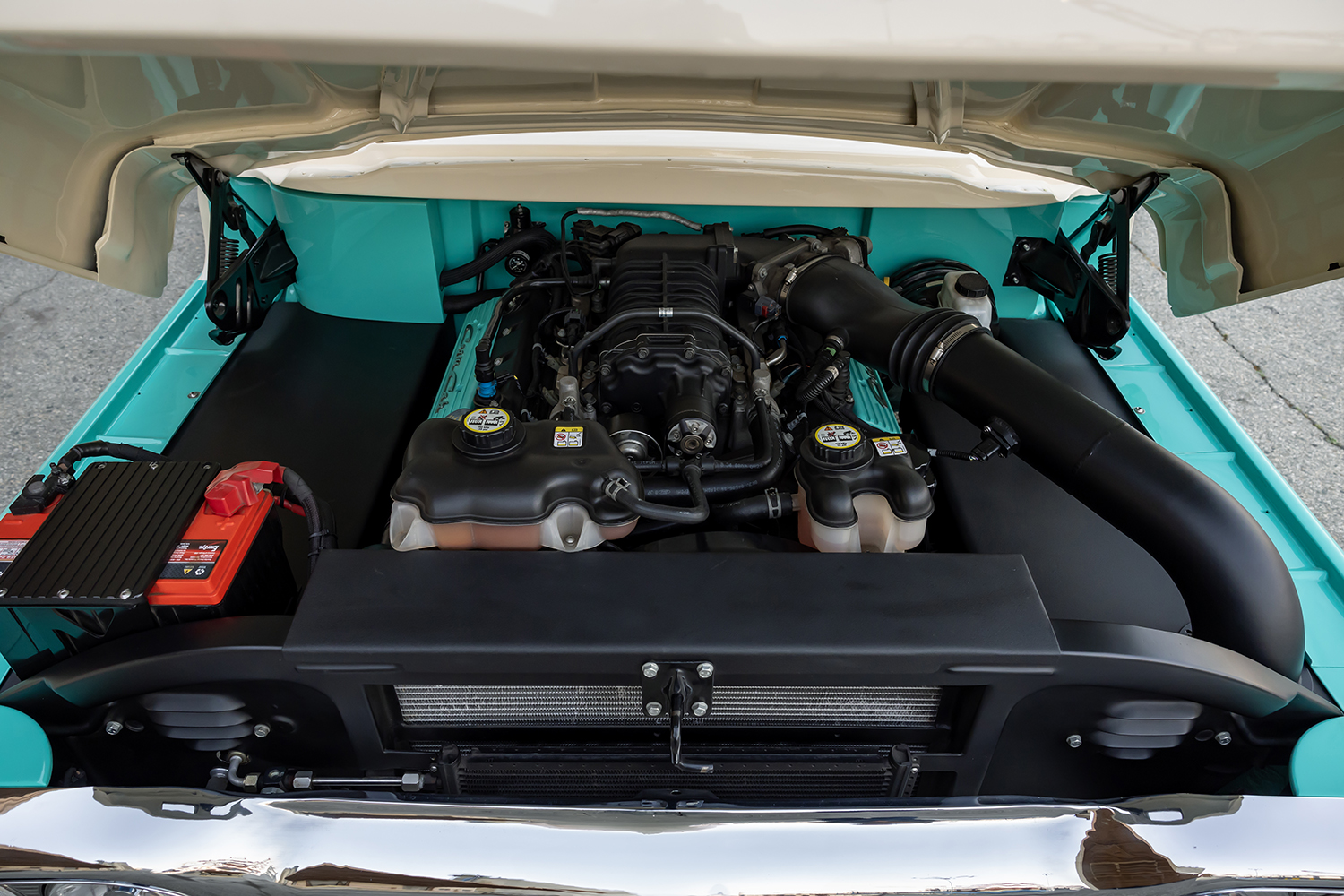
Even though the factory powerplant was hardly even broken in, David thought it best to permanently retire the OG six-cylinder engine and four-speed transmission in hopes to find a combination with far more pep in its step. A 2010 Ford Mustang Shelby G.T. 500 5.4L motor and a 2014 Ford 6R80 trans soon appeared and proved that David’s F-250 would not only pay homage to his father’s truck but also boost the excitement level for his son. Increasing the power output from the modern V-8 is a custom air cleaner, JBA manually bent headers, MagnaFlow exhaust system, and a 2.3L Eaton supercharger. Oceanside Driveline, in Oceanside, California, provided the 88-inch driveshaft, and David fit a shortened 2005 Mustang rearend into position. The project began picking up steam in a very short amount of time, and the Tumino fellas leaned heavier into the positive momentum.
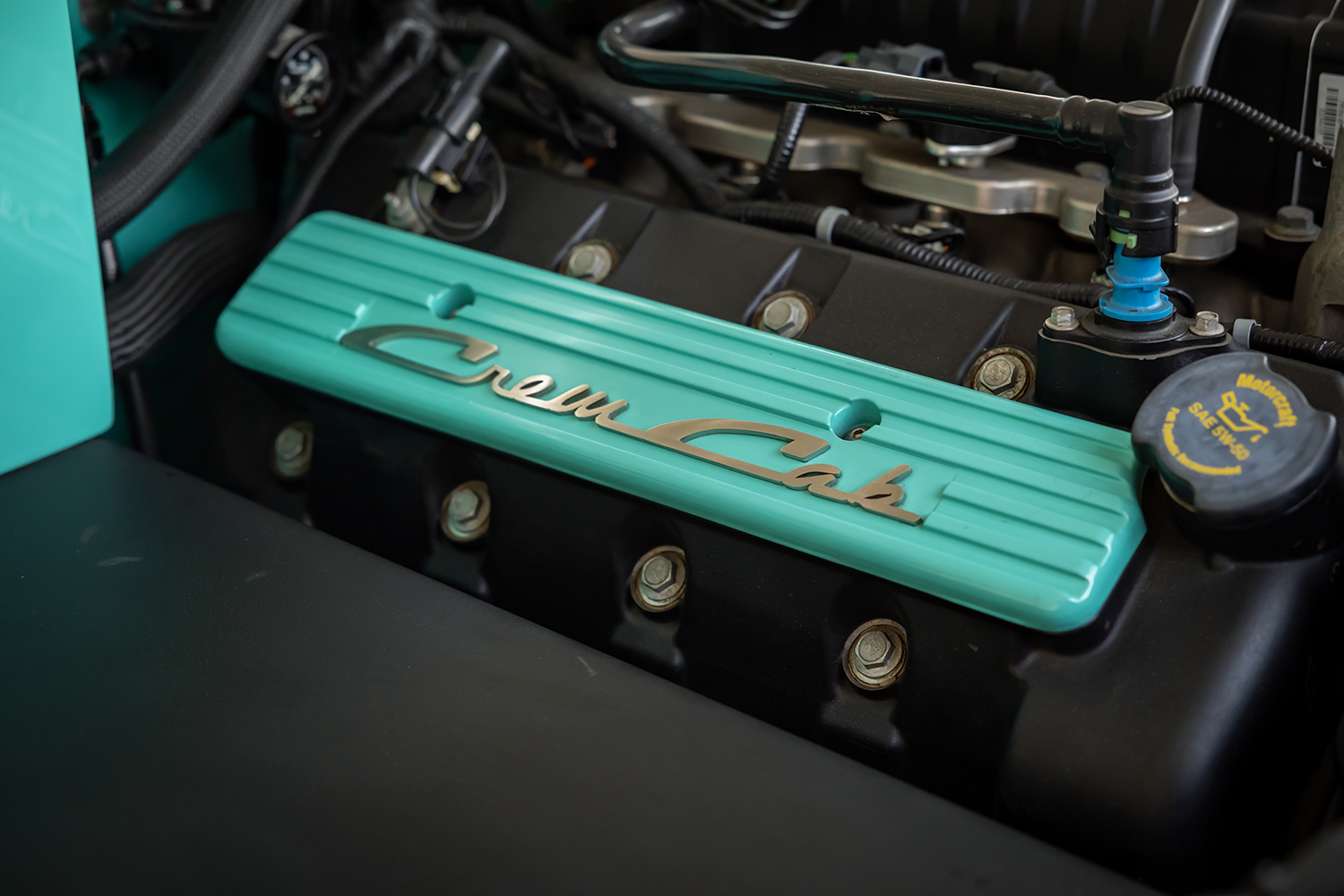
While the task of fabricating an entirely new chassis for a truck this big would be quite the undertaking, it was just the job David was looking forward to diving into. With the help of Rajan, the two began building a full tube frame complete with a Chris Alston’s Chassisworks Mustang II frontend and four-link at the back. To further promote better handling, Wilwood front drop spindles were brought in, as were Viking coilovers at each corner, and a NASCAR-style 3/4-inch front sway bar. A truck this size must have reliable stopping power, and to bring it to a controlled halt Wilwood 13.5-inch, six-piston braking kits, along with a Mustang G.T. 500 master cylinder, were put into place. With more than adequate brakes in position, David upgraded the truck’s wheel selection to 20×8 front and 20×14 rear Detroit Steel Wheel smoothie-style wheels and wrapped them in 225x30R20 Kumho radials and 15.5x29R20 Mickey Thompson radials, respectively.
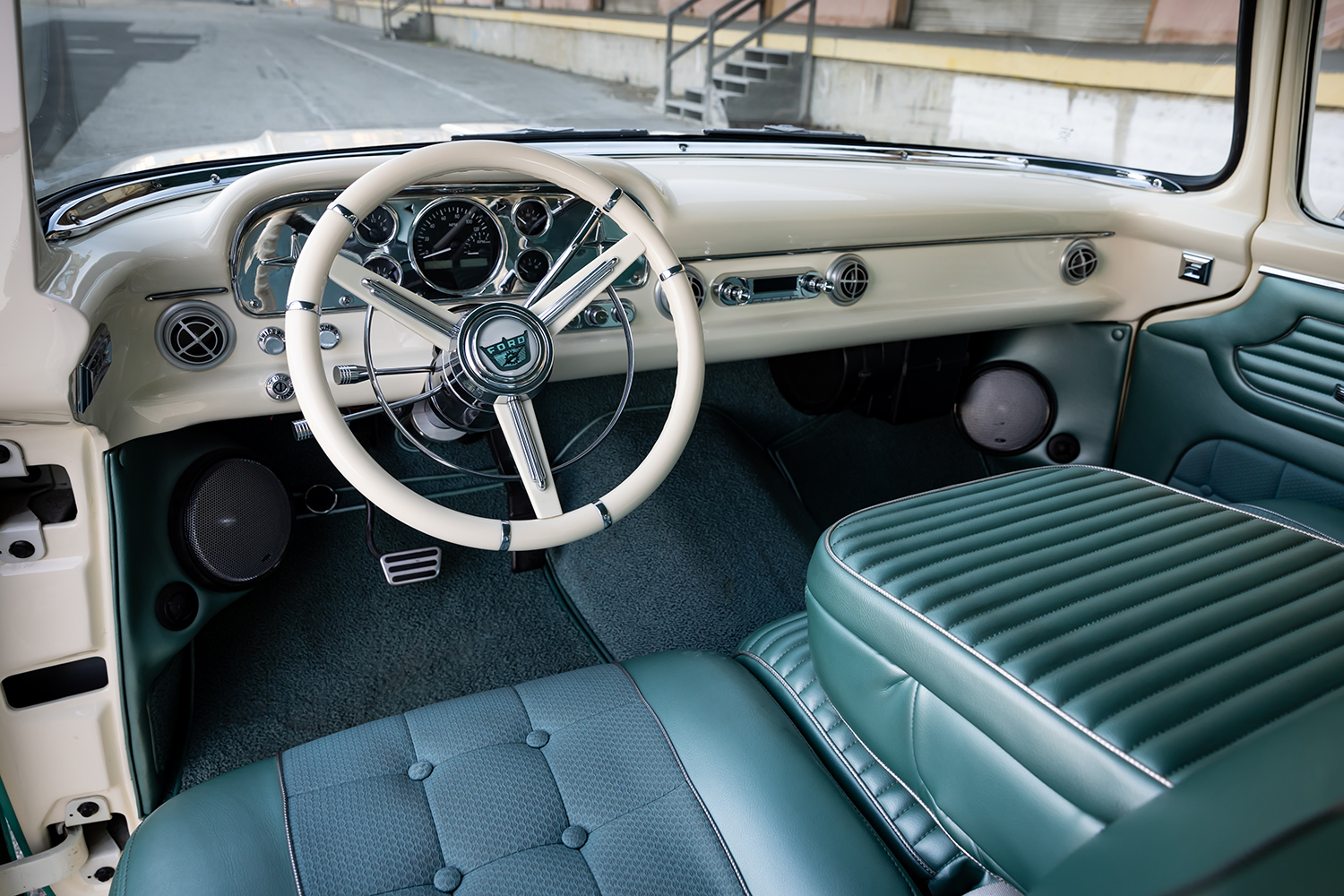
“Regarding the background of the Fridge crew cabs, they were solely made for the government, and only 300 of them were built per year in the Orrville plant,” David mentions. “The cabs were given gray primers before they were painted special based on which government plant they were being shipped to.” While it’s awesome to have such a deep knowledge about the killer crew cab, David still had no intention to leave it in its found condition. David began modifying the F-250’s body by shrinking down the rear fenders, pancaking the roof 3/4 inch to give it a sleeker look, and shaving the driprails to enhance the cab’s sharp features. He also smoothed out the surface underhood and added some metal on the front of the hood and on each side to provide a nice, clean gap where the hood and grille meet.

“I also brought down the hood vents, making them twice as big as they originally were, and formed a slight dome for them to be housed in,” David accounts. “I also inserted a back window into the cab, welded up the gate to the bed, and laid down a custom white oak wood floor.” Add the CNC letters to the tailgate, an inch to the top of the bedrails, frenched center pillars into the cab to make the rear doors suicide alà Lincoln Continental style, and a set of custom taillights and David was soon ready to weigh out paint finish options. What he and Rajan decided on was a teal and custom off-white PPG color combo that gave the truck an instant classic vintage appeal.

The interior of the crew cab would comfortably seat plenty of cruising companions, but before David set sail on the F-250’s maiden voyage, he first outsourced one of the few aspects of the build to Scott Stanley in Cottonwood, California, to wrap custom door panels and 2009 Dodge pickup seats in teal vinyl and cloth upholstery. Matching teal 80×20 loop carpet was also installed to give the cab a well-balanced dose of color. The dash was stuffed with Dakota Digital gauges, a CON2R steering wheel, a RetroSound stereo, and an Old Air Products climate system for good measure. New kick panels featuring fresh speakers guarantee that every single ride around the block or trip to the next show is fueled by the right soundtrack.
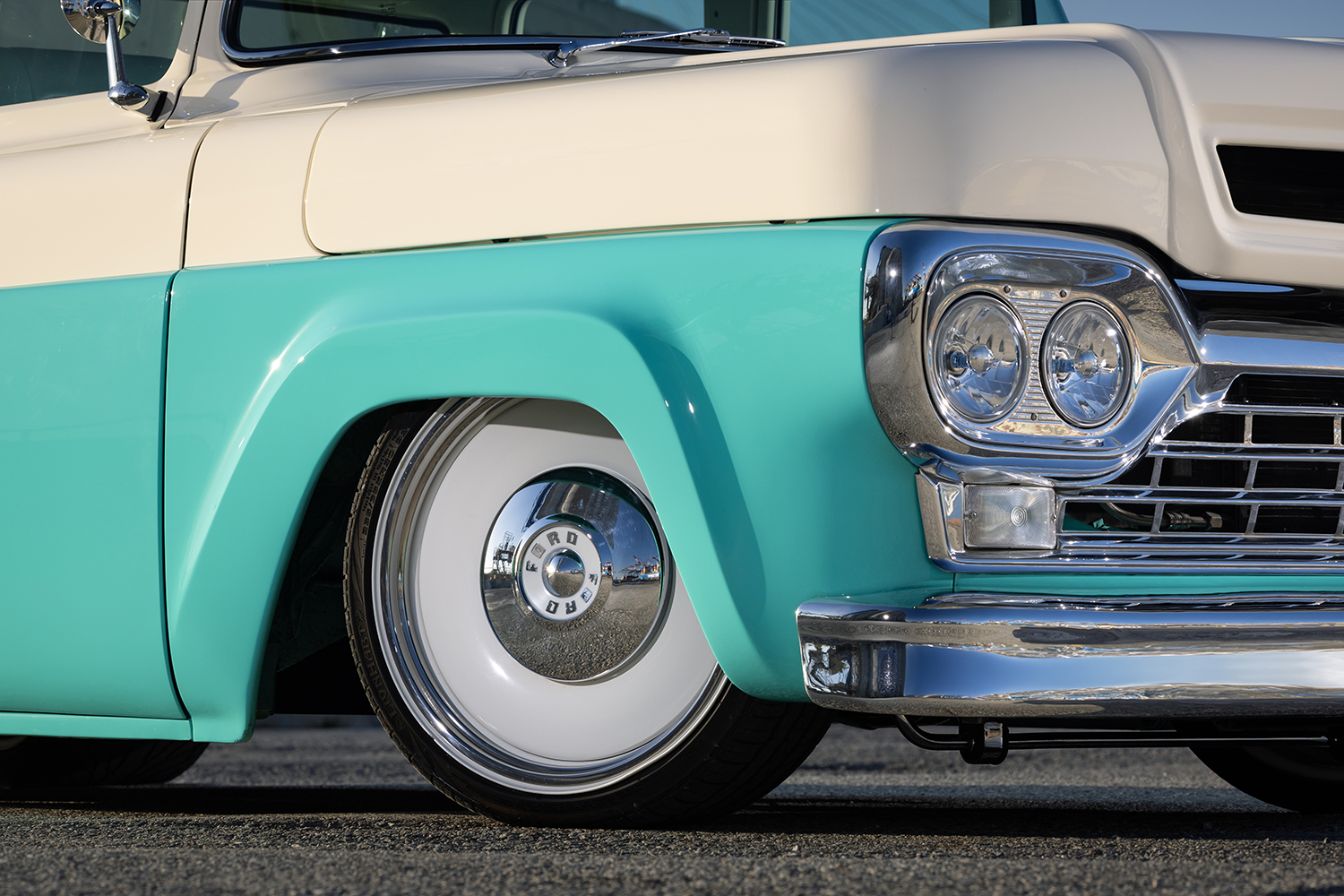
“Despite it not being the most popular regarding its build and shape, I constructed the F-250 because I thought it would be different and that it would have a unique look of its own,” David says proudly. “This was the perfect opportunity for Rajan and I to create a sense of personal nostalgia based on my childhood and the truck my father often drove. Now, we have a wonderfully restored crew cab to cruise around in with our family and friends.”
Check out this story in our digital edition here.











